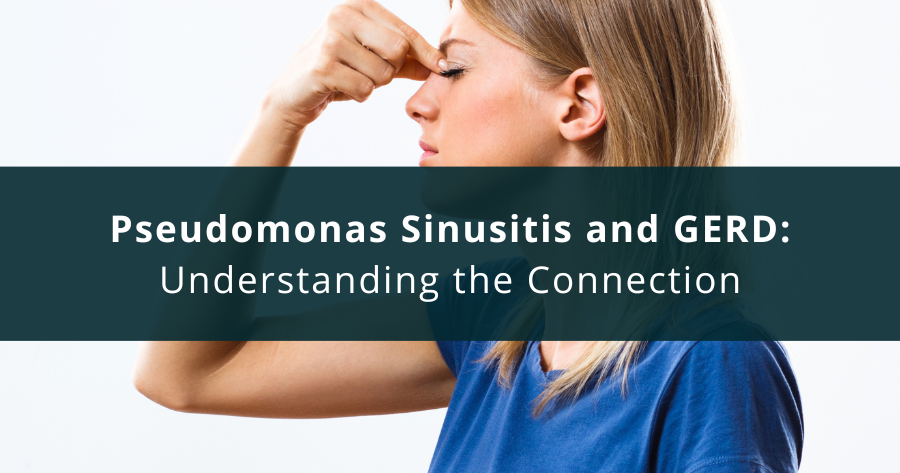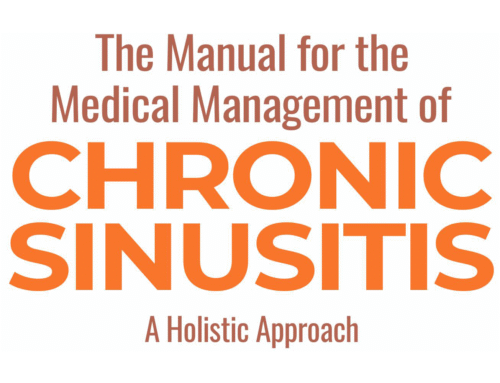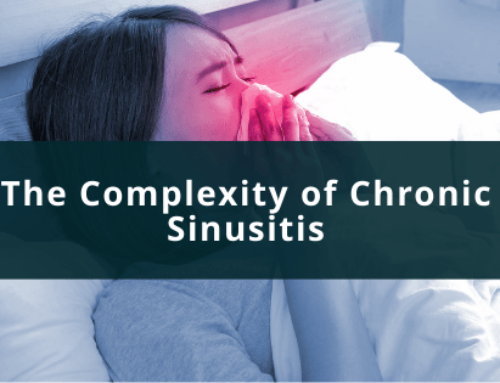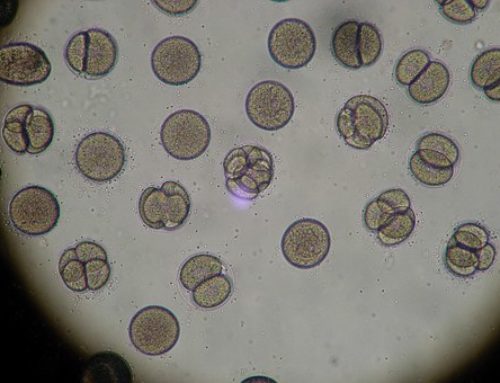Introduction: A Complex Case of Chronic Sinusitis
A little over a year ago, a new patient came to me with a twenty-five-year history of chronic sinusitis with multiple cultures growing Pseudomonas aeruginosa. Despite multiple courses of both Levaquin and Cipro, the infections would recur. Unfortunately, fluoroquinolones like Levaquin and Cipro are the only effective oral antibiotics against Pseudomonas aeruginosa.
For this patient, improvement only came after several weeks of IV cefepime, a 4th-generation cephalosporin effective against Pseudomonas aeruginosa. Since then, the patient has been managed with a topical nasal spray containing Levaquin, budesonide, and Amphotericin B, prescribed by his ENT.
The nasal spray has prevented new infections, but he continues to experience significant mucus production. During follow-up visits, his ENT raised concerns about underlying reflux, also known as GERD (Gastroesophageal Reflux Disease). A GI workup confirmed GERD, and the patient began treatment.
Why Pseudomonas Aeruginosa Is Difficult to Treat
Pseudomonas aeruginosa is commonly associated with patients who have prolonged hospital stays, ICU admissions, cancer, or other chronic illnesses. This particular patient did not have any of these risk factors, although he had undergone two outpatient sinus surgeries.
The challenge lies in the organism’s resistance profile. While fluoroquinolones remain the primary oral treatment, IV antibiotics such as cefepime are sometimes required for severe or persistent infections.
The Role of GERD in Chronic Sinus Infections
For decades, some clinicians have suspected that the gastrointestinal tract may serve as a reservoir for Pseudomonas. GERD increases the likelihood of bacteria refluxing into the upper airway and sinuses, which can exacerbate chronic sinusitis.
In this case, the patient’s GERD may have been contributing to ongoing sinus inflammation and recurrent infections despite aggressive treatment.
Emerging Evidence: Pseudomonas in the GI Tract
An open-access study published in 2023 demonstrated that healthy individuals can harbor Pseudomonas aeruginosa in their GI tracts. This finding suggests that many seemingly healthy people may unknowingly carry this bacterium.
When combined with GERD, this reservoir could explain why some patients—without traditional hospital-related risk factors—develop stubborn Pseudomonas infections in the sinuses, lungs, or even skin wounds.
Overlapping Conditions: Sinusitis, GERD, and Sleep Apnea
The patient was also diagnosed with obstructive sleep apnea (OSA), a condition that can worsen GERD and has been linked to chronic sinusitis. This overlap highlights how interconnected the body’s systems are and why treating just one condition may not fully resolve the problem.
Conclusion: Connecting the Dots in Complex Cases
The human body is a complex network of interrelated systems. Chronic infections like Pseudomonas sinusitis may be influenced not just by bacteria but also by underlying conditions such as GERD and sleep apnea.
For physicians, the key lesson is to think holistically and investigate beyond the obvious. Each patient’s presentation is a puzzle, and only by connecting the dots can we truly improve outcomes.







